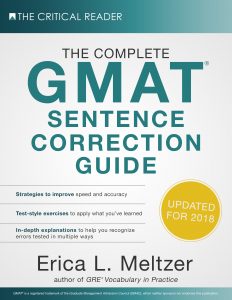Sweeping critiques of new technologies often bear an uncanny resemblance to the arguments put forth by the producers of those technologies: both parties take for granted that the inventions work as advertised, which is not necessarily true.
(A) which is not necessarily true
(B) which would not necessarily be true
(C) an assumption that is not necessarily true
(D) an assumption not necessarily being true
(E) an assumption which is not necessarily true
Scroll down for the answer.
Answer: C
Pronoun Agreement: Ambiguous Antecedent, Which vs. That
As a general rule, which must refer back to the noun that immediately precedes it (before the comma) – if which does not refer back to that specific noun, then the pronoun is ambiguous, and a specific noun must be supplied instead. In this case, which refers to the assumption that the inventions work as advertised. Although the meaning of the original version is clear enough from the context, that is insufficient for purposes of the GMAT – the noun itself must appear. (A) and (B) can thus be eliminated. (D) can be eliminated as well because the gerund being makes this option awkward and ungrammatical. (E) is likewise incorrect because which must follow a comma; that is required here instead. (C) is correct because it supplies the specific noun assumption, eliminating the ambiguity, and appropriately uses that.
